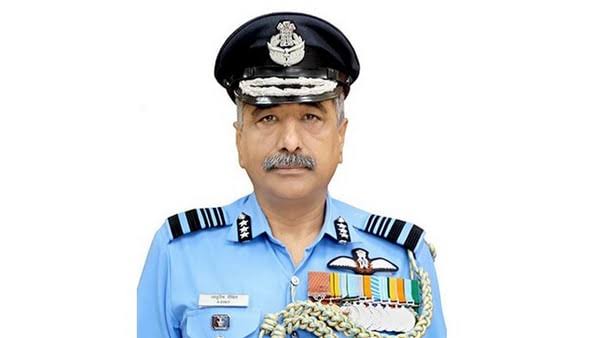New Delhi, June 11, 2025: India’s recent Operation Sindoor has demonstrated that traditional concepts of linear warfare such as defined fronts, rear areas and combat depths no longer apply in modern conflict, according to the country’s military leadership. The operation relied on deep-strike precision weaponry and integrated command structures, reflecting a profound shift in military doctrine.
In comments carried by The Tribune, India’s military chief highlighted how long-range weapons capable of striking hundreds of kilometres into enemy territory were deployed without crossing national borders. This rendered conventional battle zones moot, while emphasizing agility, accuracy and technologically driven tactics.
The operation showcased the effectiveness of networked warfare, where coordinated action across land, air, missile and intelligence units enabled swift, decisive strikes on terrorist infrastructure. The chief noted that strategic deterrence now hinges on real-time integration rather than static troop positions or depth-based defence lines.
Chief of Defence Staff General Anil Chauhan echoed this shift at the Shangri‑La Dialogue in Singapore, describing modern warfare as “networked, deceptive and home‑grown.” He highlighted that India conducted the operation autonomously, without foreign assistance, underlining a turn towards self‑reliance and domestic innovation.
India’s evolving doctrine reflects its growing capacity to undertake high-impact, limited-duration operations aimed at neutralizing threats before escalation. Rather than occupying territory, the focus is on surgical disruption: targeting terrorism networks, striking from the air, and enforcing deterrence through calibrated force.
The Tribune article suggests that the era of fixed frontlines and rear-area sanctuaries is over. It posits that future conflicts will be shaped by speed, precision and strategic integration—a model India showcased during Op Sindoor, signaling a new military paradigm for the region.
OP Sindoor Undermines Traditional Warfare Concepts, Says Military Chief

